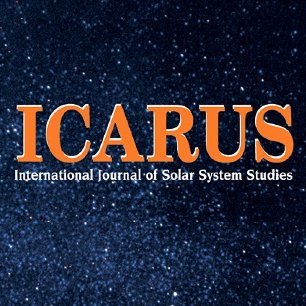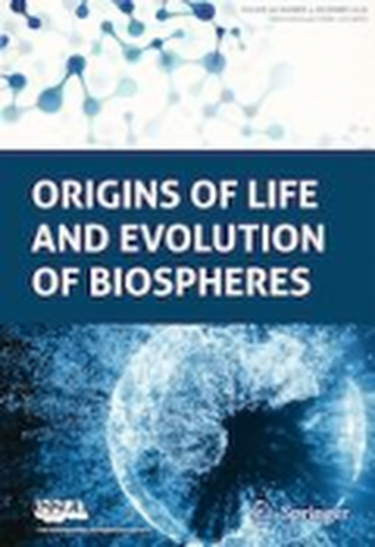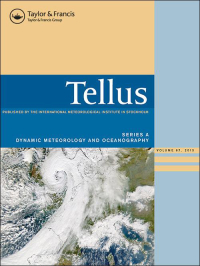Gaia Theory: Journals & Articles
Further resources, if available, can be found in our full bibliography.

"Biological Modulation of the Earth's Atmosphere"
Lynn Margulis, James E. Lovelock
This article was the first prominent publication of the Gaia hypothesis in a scientific journal. Margulis and Lovelock review the evidence that the Earth’s atmosphere is regulated by life on the surface so that the probability of growth of the entire biosphere is maximized. Acidity, gas composition including oxygen level, and ambient temperature are enormously important determinants for the distribution of life. They recognize that the Earth’s atmosphere deviates greatly from that of the other terrestrial planets in particular with respect to acidity, composition, redox potential and temperature history as predicted from solar luminosity. These deviations from predicted steady state conditions have apparently persisted over millions of years. The authors explore the concept that these anomalies are evidence for a complex planet-wide homeostasis that is the product of natural selection. Possible homeostatic mechanisms that may be further investigated by both theoretical and experimental methods are suggested.

"Homeostatic Tendencies of the Earth's Atmosphere"
James E. Lovelock, Lynn Margulis
The atmosphere of the Earth differs greatly from that of the other terrestrial planets with respect to composition, acidity, redox potential and temperature history predicted from solar luminosity. From the fossil record it can be deduced that stable optimal conditions for the biosphere have prevailed for thousands of millions of years. Lovelock and Margulis believe that these properties of the terrestrial atmosphere are best interpreted as evidence of homeostasis on a planetary scale maintained by life on the surface. Some possible mechanisms of this biological homeostasis have been noted and the implications of this concept for experimental studies pointed out.

"Atmospheric Homeostasis by and for the Biosphere: The Gaia Hypothesis"
James E. Lovelock, Lynn Margulis
This article is significant for introducing the Gaia hypothesis to science. It proposes that the Earth’s biosphere and its physical environment form a self-regulating system, maintaining conditions conducive to life through processes like atmospheric homeostasis. This concept challenged traditional views of Earth as a passive environment and sparked interdisciplinary discussions across fields such as atmospheric science, geochemistry, and biology. Despite initial controversy over its teleological implications, the hypothesis influenced environmental thought by emphasizing the interconnectedness of life and the environment. It continues to inspire research into Earth system science, ecosystem dynamics, and sustainability, shaping how scientists and policymakers understand and approach planetary health and environmental management.

"Metacommunity Theory as a Multispecies, Multiscale Framework for Studying the Influence of River Network Structure on Riverine Communities and Ecosystems"
Bryan L. Brown, Christopher M. Swan, Daniel A. Auerbach, Evan H. Campbell Grant, Nathaniel P. Hitt, Kelly O. Maloney, Christopher Patrick
Explaining the mechanisms underlying patterns of species diversity and composition in riverine networks is challenging. Historically, community ecologists have conceived of communities as largely isolated entities and have focused on local environmental factors and interspecific interactions as the major forces determining species composition. The authors contend that the principles of metacommunity theory would help stream ecologists to understand how the complex spatial structure of river networks mediates the relative influences of local and regional control on species composition. By explicitly embracing processes at multiple spatial scales, metacommunity theory provides a foundation on which to build a richer understanding of stream communities.
Photo Credit: mali maeder/Pexels